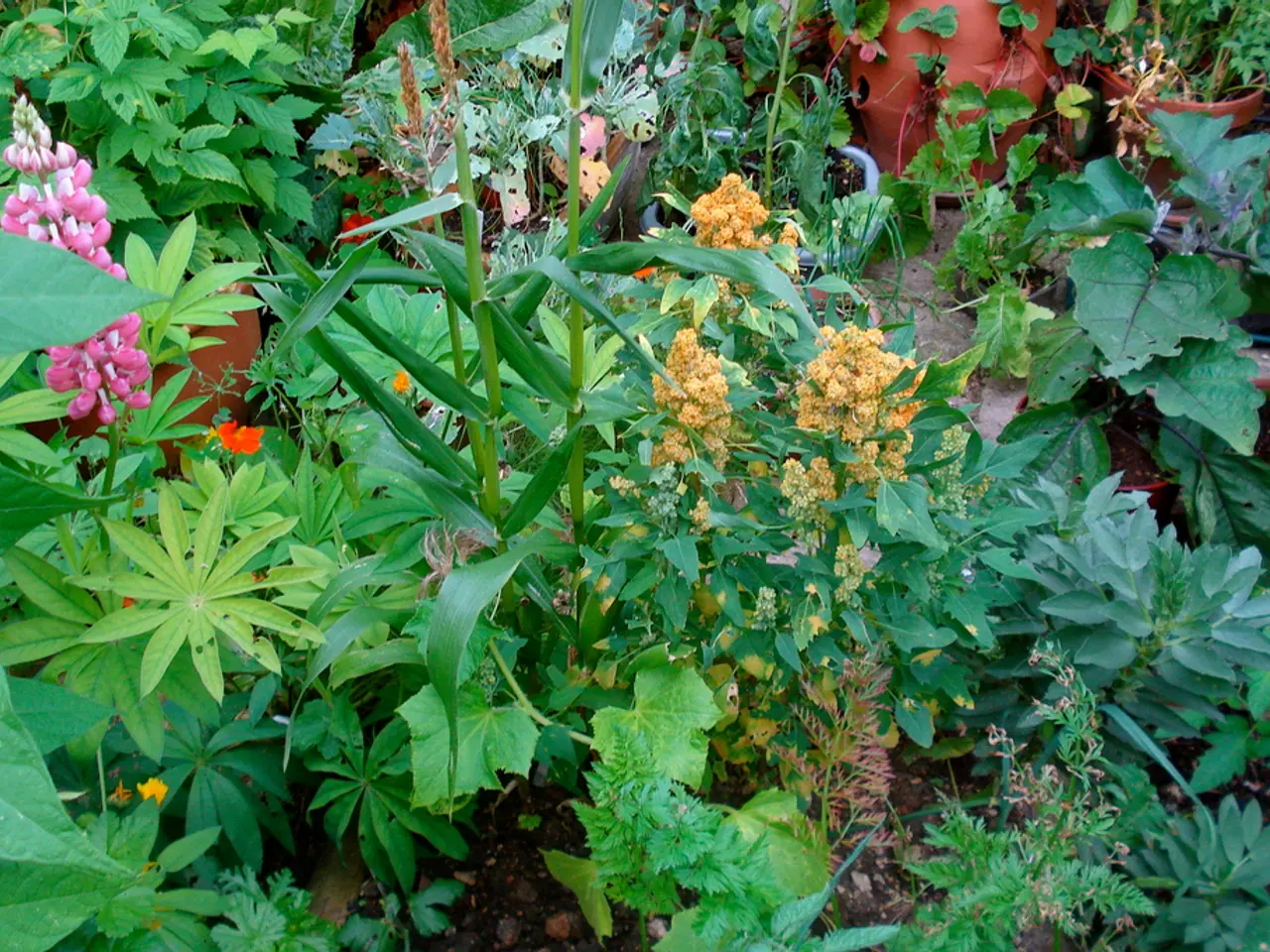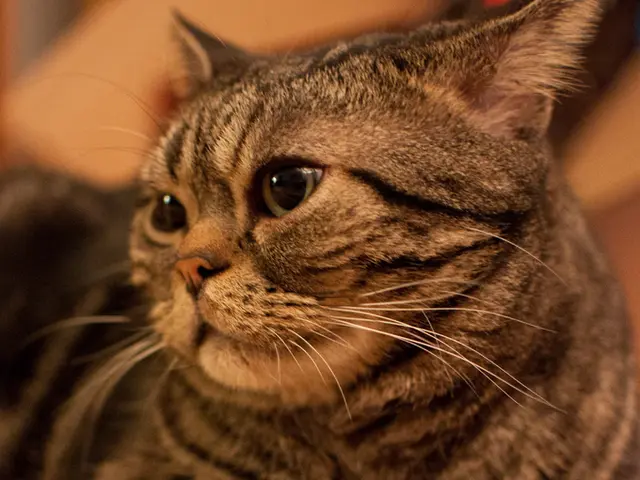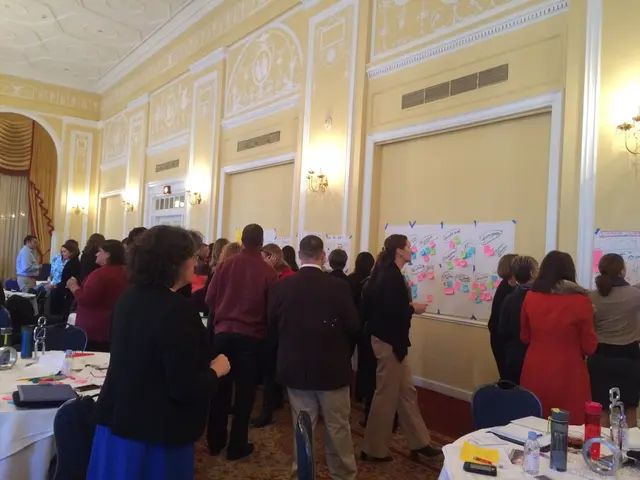Guidance for Aiding Pollinators: Practical Steps to Support Pollinating Species
Creating a Pollinator-Friendly Garden in Ohio
A pollinator-friendly garden can be a vibrant and thriving haven for bees, butterflies, and other pollinators, while also adding beauty to your outdoor space. By focusing on planting a diverse mix of native flowering plants, you can provide continuous nectar and pollen sources throughout the growing season.
To start, concentrate on planting a variety of native flowers with diverse colours, shapes, and heights. Asters, goldenrods, milkweeds, and shrubs like serviceberry and viburnum are excellent choices. Don't forget to include trees such as basswood (linden), tulip poplar, and black locust for additional pollen and nectar sources.
When planning your garden, consider planting in clumps or masses rather than single plants. This approach will help attract and support pollinators more effectively. Incorporating herbs like lavender, basil, borage, dill, fennel, oregano, and catmint will not only add fragrance and flavour to your garden but also attract pollinators.
Extending bloom times is crucial for ensuring continuous food sources for pollinators. To achieve this, select plants that flower at different periods of the season, such as wild bergamot, mountain mint, and fall-blooming aster. Including vegetables and fruit plants like squash, cucumbers, tomatoes, strawberries, and blueberries will also provide high-quality pollen and nectar.
For habitat, provide overwintering resources by leaving leaf litter, dried flower heads, tall grass, and brush piles intact through fall and winter. This will shelter pollinators like native bees. Adjust mowing practices in unused areas such as fencerows and ditches to allow native vegetation to thrive naturally, increasing nectar and pollen availability.
Avoid pesticides and chemicals to maintain a safe environment for pollinators. Ohio is home to approximately 500 species of bees, and many other valuable pollinators like hummingbirds, flies, butterflies, moths, and various insects.
Gardeners can play an important role in pollinator conservation by providing plants and nesting sites for pollinators and adapting gardening practices to protect them. Resources like The Ohio State University Bee Lab, the Xerces Society for Invertebrate Conservation, and The Pollinator Partnership offer detailed guidance and information about pollinators and their conservation.
By following these principles, you will support not only pollinators’ feeding needs but also their shelter and lifecycle requirements, fostering a healthy, thriving pollinator garden tailored to Ohio’s environment. Don't forget to provide a water source, such as a shallow dish or birdbath filled with stones or sticks, to allow pollinator visitors to land without drowning.
In the end, gardening for pollinators is not just about creating a beautiful garden; it's about helping to safeguard our food supply and the survival of many native plants. So, observe your plants and include more pollinator favourites in your gardens. Together, we can make a difference.
By incorporating a variety of native flowers and plants in their garden, homeowners can contribute to pest management and environmental conservation by providing a continuous source of nectar and pollen for pollinators like bees and butterflies. This pollinator-friendly approach aligns with the principles of environmental science, promoting biodiversity and ensuring the overall health of the environment.
In addition to plants, herbs such as lavender, basil, borage, dill, fennel, oregano, and catmint can also be included in such gardens to attract pollinators, enhancing the gardening lifestyle and adding fragrance and flavour to the space.
To create a sustainable pollinator-friendly garden, gardeners should avoid using pesticides and chemicals to maintain a safe environment for pollinators, thereby contributing to the protection of Ohio's native bee population and other beneficial pollinators.
Ultimately, the practice of gardening for pollinators extends beyond mere aesthetics. It's an essential component of the home-and-garden lifestyle in Ohio, imperative for safeguarding the food supply and the survival of native plants, while fostering a connection with environmental science and conservation.




